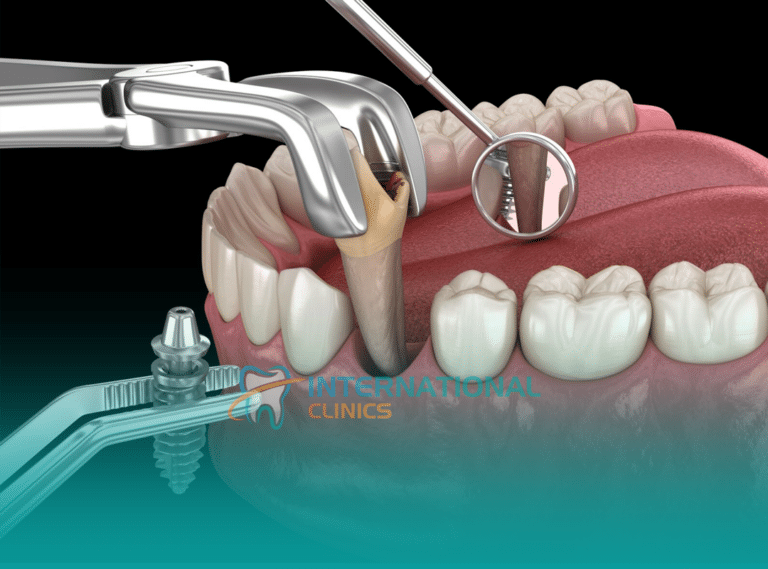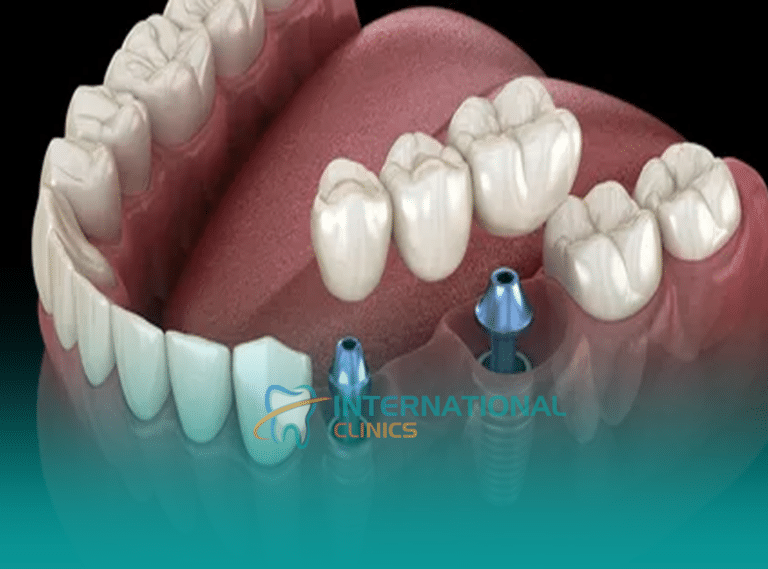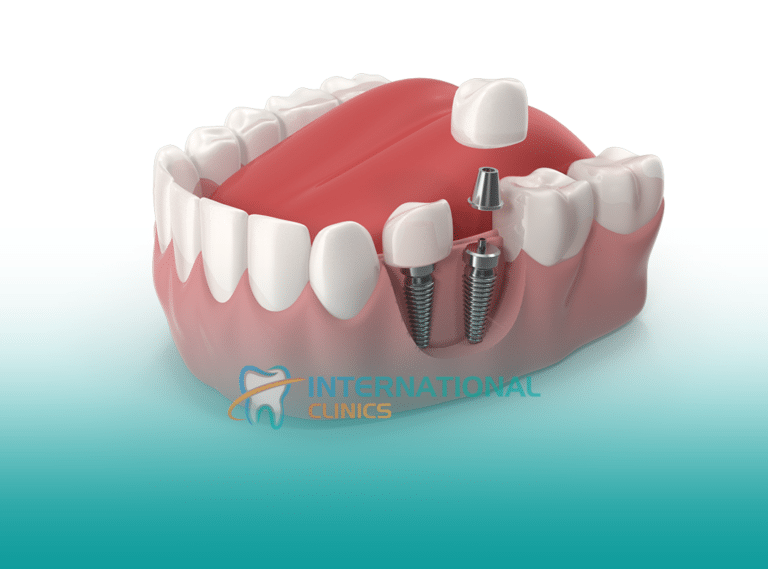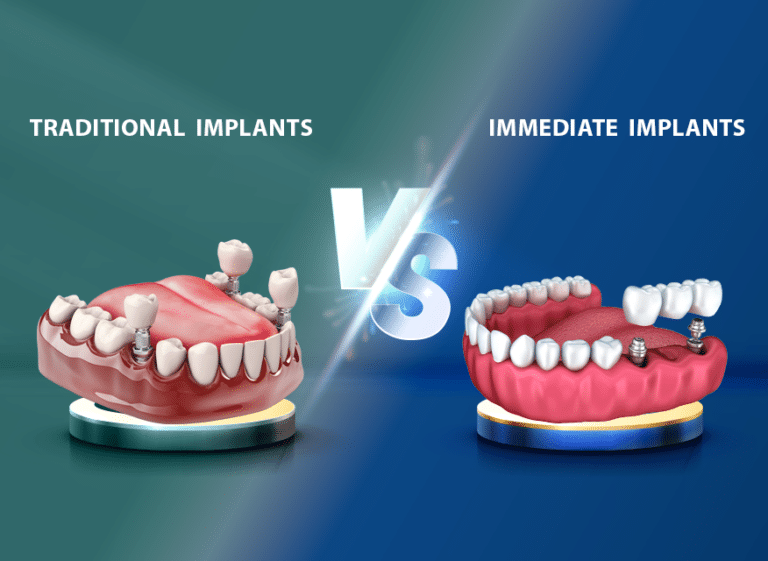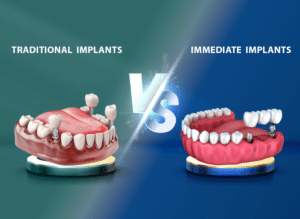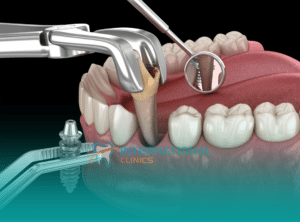Dental implants are available as an effective way to replace missing teeth. They not only look and function like natural teeth but also prevent bone loss in the jaw.
When patients need to choose between immediate implantation or traditional implantation, they often ask people or search these topics, but it’s not always clear to them.
After all, both methods can successfully restore smile function and aesthetics, but there are some key differences between the two that are important to understand.
Immediate dental implantation involves placing the implant immediately after tooth extraction.
Traditional implantation, on the other side, waits weeks or months after extraction for healing before implant placement.
Both procedures have their own sets of pros and cons relating to healing time, cost, procedure, and success rate.
Examining the differences and similarities between the two methods can help patients make wise decisions for their cases.
Immediate Dental Implants vs Traditional Dental Implants: The Differences
Differences between immediate dental implants and traditional dental implants appear in the following points:
Timing of Implant Placement
The main difference between the two types majorly lies in “when” the implant is placed after tooth extraction. Immediate implants are placed at the same appointment as extraction, while traditional implants wait for complete healing first.
Healing Time
Because immediate implantation skips a long waiting period, it requires less overall healing time in most cases. Patients can have their new implant crown placed in between 6-8 weeks as opposed to over 6 months with traditional methods.
Number of Procedures
With fewer stages or phases, immediate implantation involves fewer total procedures (typically just extraction, implant placement, and crown attachment).
Traditional implantation, on the other hand, requires separate appointments for extraction, bone healing, implant placement, and crown attachment.
Bone Grafting Needs
Immediate implantation may require less bone grafting compared to delayed implantation. Since the implant fills the extraction socket immediately, it can greatly help prevent bone loss that occurs during delayed placement.
Cost
Though procedure costs can vary among cases, immediate implantation tends to cost more because it’s a less common procedure and requires more precise interventions. However, traditional methods allow time to save up funds between steps.
Recovery
Immediate implantation involves faster recovery, while traditional implantation requires healing from both extraction and implant placement. Immediate implant patients also report less discomfort in the long term.
Immediate Dental Implants vs Traditional Dental Implants: The Similarities
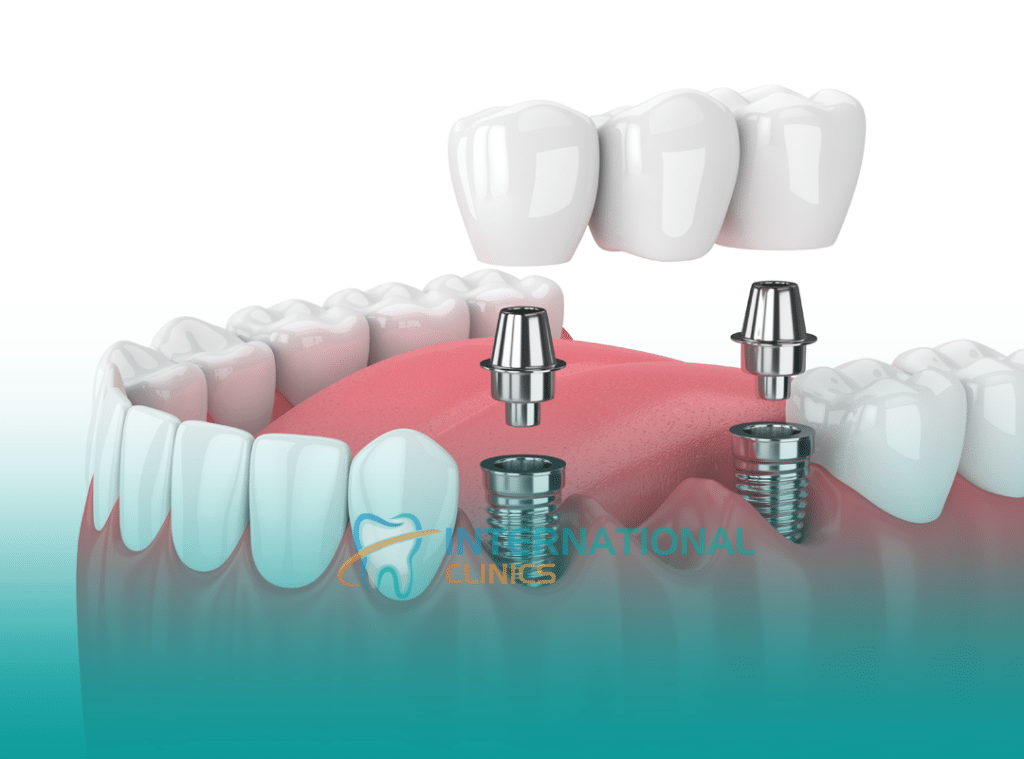
Clearly, the immediate and traditional dental implants have their differences, but they in fact share some core similarities:
Materials
Both methods utilize titanium posts fused to the jawbone, often with zirconia or porcelain crowns. The materials used are biologically compatible with the body and fairly durable.
Success Rates
If done correctly, the immediate and traditional implants have similar success rates over the long term, but traditional implants may enjoy better stability and adjustment.
Restored Function
Whether placed immediately or traditionally, dental implants serve as artificial tooth roots that can provide patients with restored bite force, speech, and smile aesthetics.
Bone Loss Prevention
Both methods prevent bone loss that occurs after teeth extractions. The implanted post retains bone volume, so adjacent teeth don’t shift or collapse.
Improved Quality of Life
Because they replace natural tooth roots, dental implants in general aim to improve oral health and quality of life better than alternatives like dentures.
Long-Term Prospects
Proper care and maintenance are needed for immediate and traditional dental implants to allow them to last for decades (or even a lifetime).
Above all, success depends more on the patient’s oral hygiene than the implantation method.
Immediate Dental Implants vs Traditional Dental Implants: Patient Selection Criteria
The dental implant surgeon will determine if a patient is a good candidate for immediate implantation based on a specific criterion.
Failing to meet the criteria doesn’t necessarily preclude implants; it just makes traditional implantation the wiser choice.
The choice between immediate or traditional dental implants depends largely on the following criteria:
- Bone quality and volume: Immediate implants require good bone density and an intact socket wall (for stability). Traditional implants are better if the bone needs grafting first.
- Health of the tooth socket: Immediate implants should only be placed if the extraction socket is free from infection and has healthy tissues. Lingering infections are better addressed before traditional implant placement.
- Restorative needs: Those needing extensive restorative work later on may benefit more from traditional implantation after complete healing.
- Aesthetic demands: Traditional implantation allows time for soft tissue contouring before the final crown, which is ideal for high aesthetic demands. Immediate implantation provides instant results but less control over aesthetic profiles.
- Patient habits: Heavy smoking or diseases (like uncontrolled diabetes) are better treated first before traditional implantation. Immediate implants can still fail in high-risk patients.
- Financial situation: Because it requires fewer steps, immediate implantation is good for those who can afford the upfront costs.
Immediate Dental Implants vs Traditional Dental Implants: The Cost
The cost variation is originally attributed to the fewer steps and interventions needed with immediate implantation.
Patients should consider the costs related to multiple procedure fees, bone grafts, and treatment time.
That said, cases needing more extensive bone grafting or restorative work may cost more, regardless of the chosen method.
- Immediate implant: 650-1000 US dollars per implant
- Traditional implant: 500-700 US dollars per implant
The Success of Immediate vs Traditional Implants
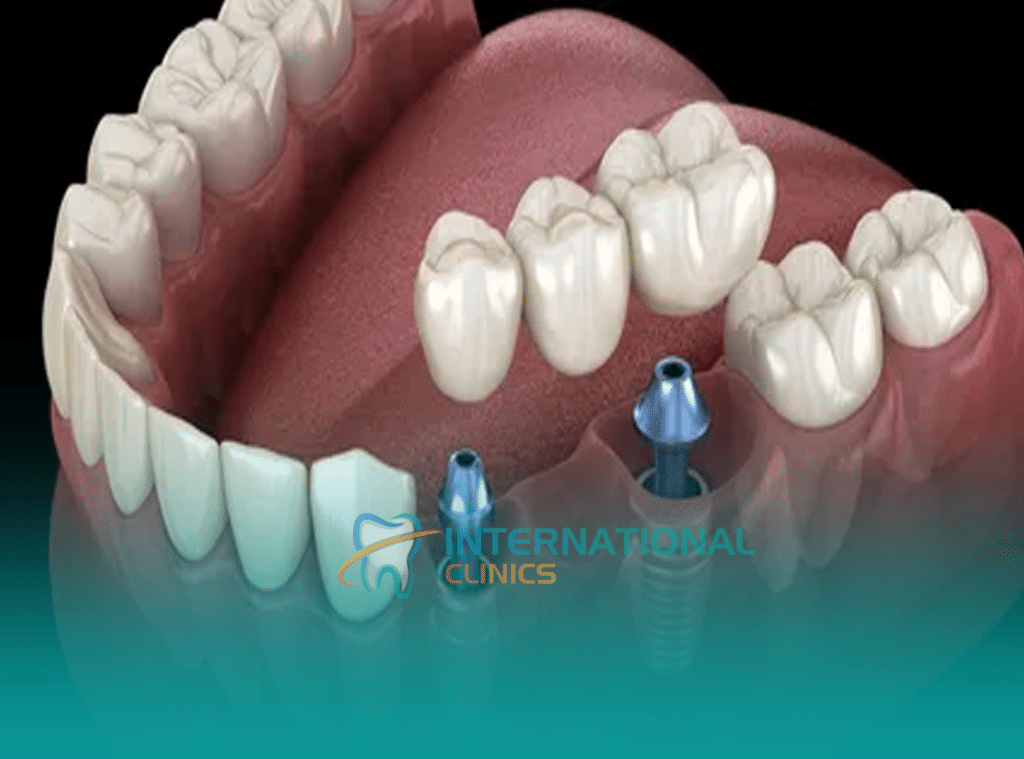
Both immediate and traditional dental implants have similar (almost identical) high long-term success rates, especially if the treatment is given to the right patients by an experienced dentist or oral surgeon.
However, each method has unique factors that can influence success:
- Implant stability: Immediate implantation depends heavily on implant stability at the time of placement. Achieving initial stability requires good bone density and an intact socket wall after extraction. Success also requires a largely infection-free socket environment.
- Bone healing: Traditional implantation allows time for the bone to completely heal and regenerate before implant placement. This helps ensure adequate bone volume and density for stabilizing the implant. However, delayed placement still risks bone loss over time.
- Oral hygiene: For both options, success also depends on the patient’s oral hygiene and compliance with care instructions during healing. Smoking or certain health conditions may also impact success rates more negatively.
How to Choose the Right Dental Clinic for Immediate and Traditional Implants?
The matter of choosing the right clinic for dental implants is significant for those who choose to have their treatment abroad.
For something as important as dental implants, it pays well to do your research. After all, the right dentist can make all the difference to have an experience that is convenient with lasting results.
In any case, remember the following tips:
- Choose an implant dentist or oral surgeon with advanced training in dental implants and membership in major dental implant organizations.
- Ask about the number of implant cases the dentist has performed, especially involving the particular method you need. More experience means greater practical skill.
- Reputable dentists will provide images of implant cases they’ve handled to give you an idea of their aesthetic results.
- Choose a clinic that deploys the latest dental imaging, guide stents, and implant equipment to increase precision and minimize risk.
- Online reviews can shed light on previous patients’ experiences with the dentist. Focus on satisfaction with implant outcomes.
- Meet with the dentist in person to evaluate their approach, answer questions, and determine if you feel comfortable moving forward.
- Beware of clinics charging hidden or excessive fees. Make sure you receive a comprehensive written treatment plan outlining all costs.
- Choose a conveniently located clinic with sufficient availability to complete the full treatment on time.
The Bottom Line
Immediate and traditional dental implants share the same end goal: Restoring lost teeth. Usually, however, they differ in timing and the steps involved.
Immediate implantation offers quicker results with fewer procedures but requires careful case selection and technical skill.
Traditional implantation provides flexibility in timing and funding but involves more healing and surgical phases.
For some patients, seeking an immediate implant right after extraction is preferable to avoid wearing dentures or waiting months for implantation.
For others, taking the traditional route provides peace of mind knowing the bone has had more time to properly heal before implant placement.
When weighing your options, be sure to consult with a trusted and experienced dentist regarding your specific oral needs and which method presents the most advantages in your situation.
Though the two techniques may differ, excellent outcomes can certainly be achieved with both immediate and traditional dental implants.
International Clinics in Istanbul provides patients with both immediate and traditional dental; implants alongside other types. Contact us directly to learn more about these treatments.
Frequently Asked Questions
Immediate dental implants can have high success rates for years to come, especially when provided by an experienced dentist or oral surgeon. Good bone quality and achieving initial stability are key factors.
Traditional dental implantation typically involves waiting 3-6 months after tooth extraction (to ensure complete bone and soft tissue healing before implant placement).
Some immediate implant cases may require small bone grafts to rebuild areas around the extracted tooth socket. Generally, however, immediate implants require less bone grafting compared to delayed implantation months after extraction.
The main difference in procedure is the timing of the implant placement. Immediate implants are placed into the fresh extraction socket in the same appointment, while traditional implants are placed months later after healing.
Patients tend to report less pain and discomfort with immediate implantation since there is no second surgery to place the implant months after extraction. There is more prolonged pain with traditional implantation.
After traditional implant placement, care instructions usually include avoiding chewing on the implant site during initial healing, rinsing with prescribed antimicrobial mouthwash, taking any prescribed medication, and adopting excellent oral hygiene.
No, immediate dental implants tend to cost more than traditional implants, but this is not always the case. The opposite might be true, depending on the individual case.


